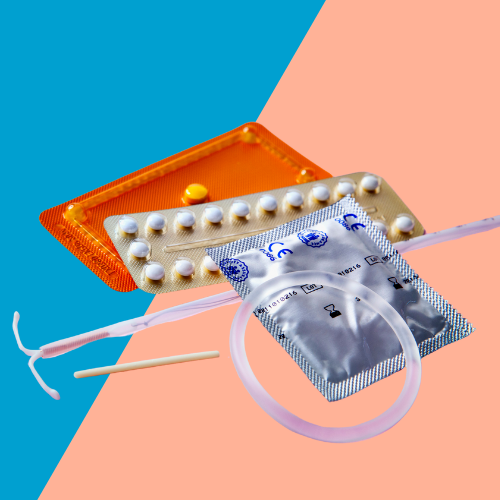Birth Control Removal: IUD & Implant

Currently, there are two birth control methods that need a trip back to the doctor’s office for removal: the intrauterine device (IUD) and the birth control implant, often known by its brand name, Nexplanon. Both are super effective for low maintenance, pregnancy prevention methods. In other words, you can set it and forget it. However, it’s important to remember that neither of these options protect against sexually transmitted infections (STIs). For STI protection, check out our post on condoms.
In this post, we’ll cover how and when these birth control methods are removed.
Quick and Easy Removal Process
Removing these devices is pretty quick, usually taking just 2-8 minutes. For an IUD, your healthcare provider will gently pull on the strings, the small arms of the IUD will fold up, and the IUD will slip out. Removing the birth control implant is a bit more involved but still fast. They’ll numb the area, make a small incision, and take it out. With an experienced provider (find one here) , both procedures are quick and relatively painless. You can talk to your healthcare provider about ways to make the process more comfortable for you. If you want to continue using the same method, they can usually replace the device in the same appointment.
When to Remove Your Device
So, when should you get your device removed? The short answer: whenever you want. It is advised to avoid sex without a condom 7 days prior to removal of an IUD. The birth control implant works for up to 5 years, and IUDs last anywhere from 3 to 12 years, depending on the type. You might want to remove it earlier for various reasons, like lifestyle changes, cultural beliefs, or planning a pregnancy. New health concerns or unwanted side effects can also prompt you to reconsider your birth control method. Ultimately, you know your body best, so any choice you make is the right one for you.
Cost of Removal
Thanks to the Affordable Care Act (ACA), most commercial or private insurances should cover your removal and any birth control method for no out-of-pocket cost. Depending on your state, you might qualify for programs that fully cover or significantly reduce the removal cost. For example, in Illinois, there is great public insurance that covers all birth control methods and many preventive care services. If you make less than $3,600/month and live in Illinois, you could qualify for the HFS Family Planning Program which means zero out-of-pocket costs for you! Take our quick screening quiz to see if you qualify here.
To learn more about this program and other topics related to contraception access and equity, check out our other blog posts.




